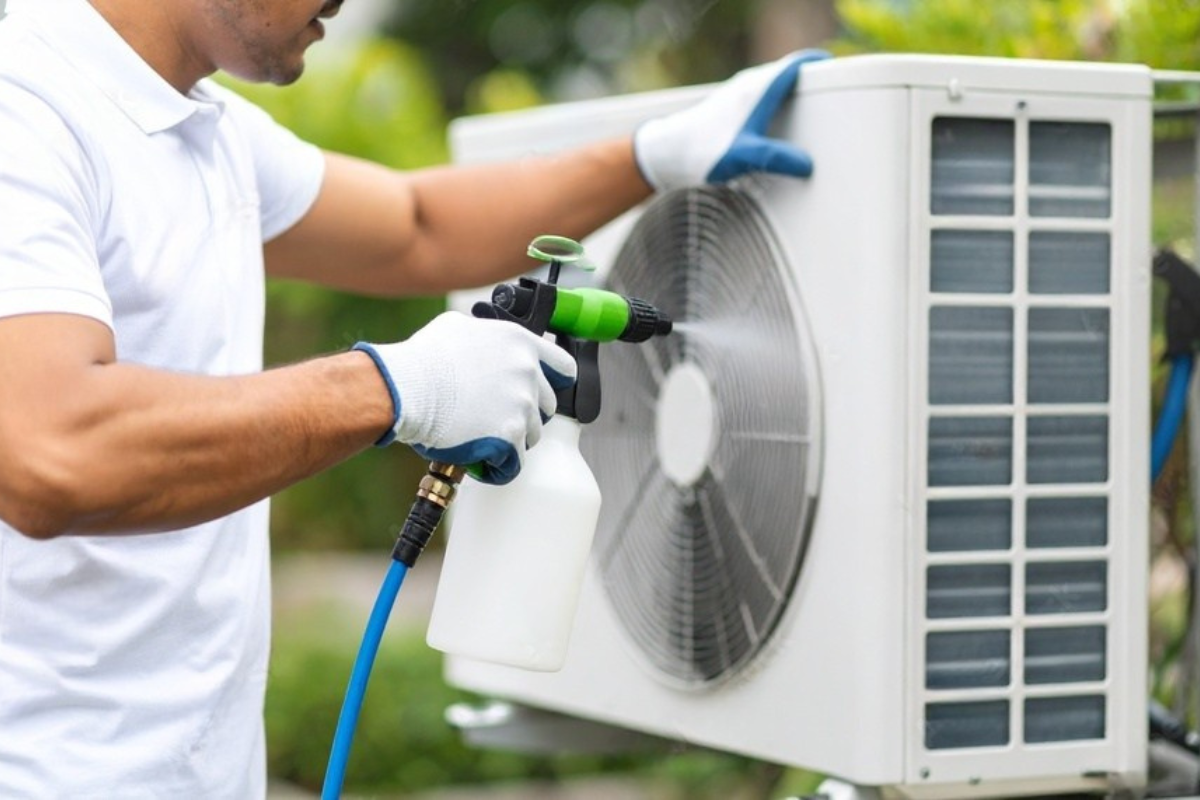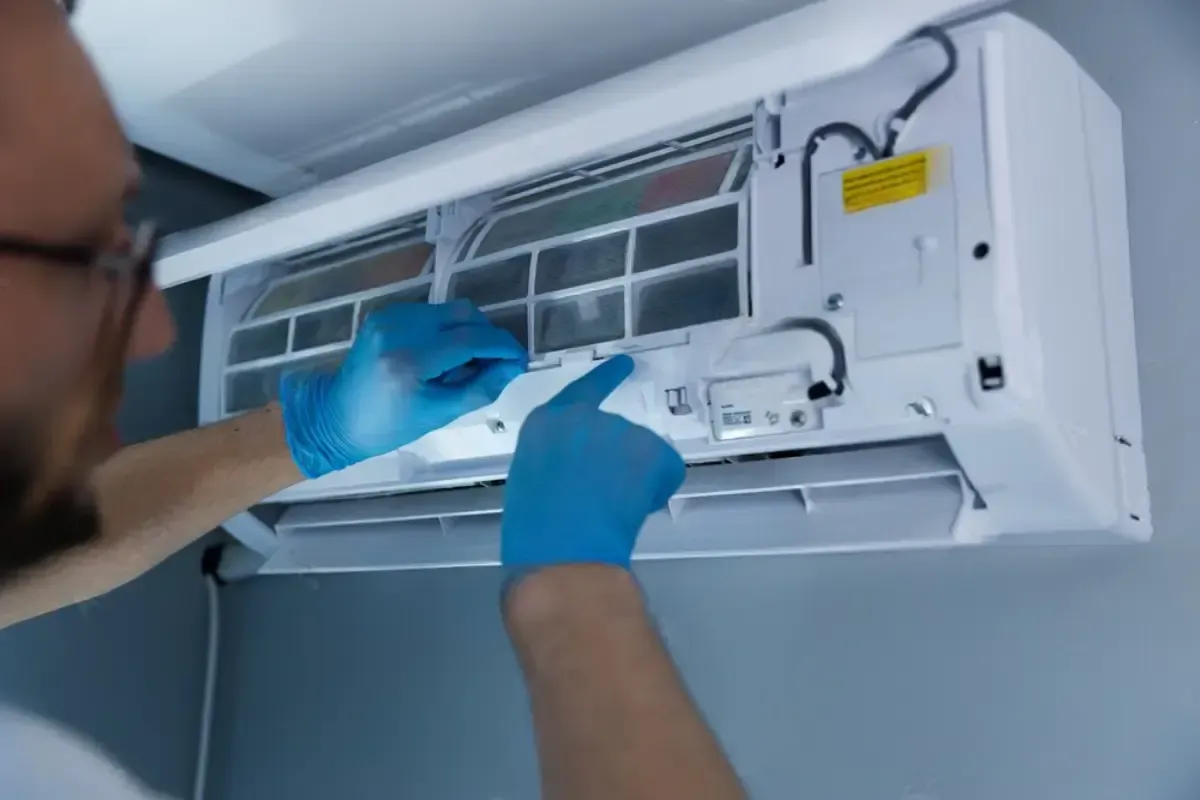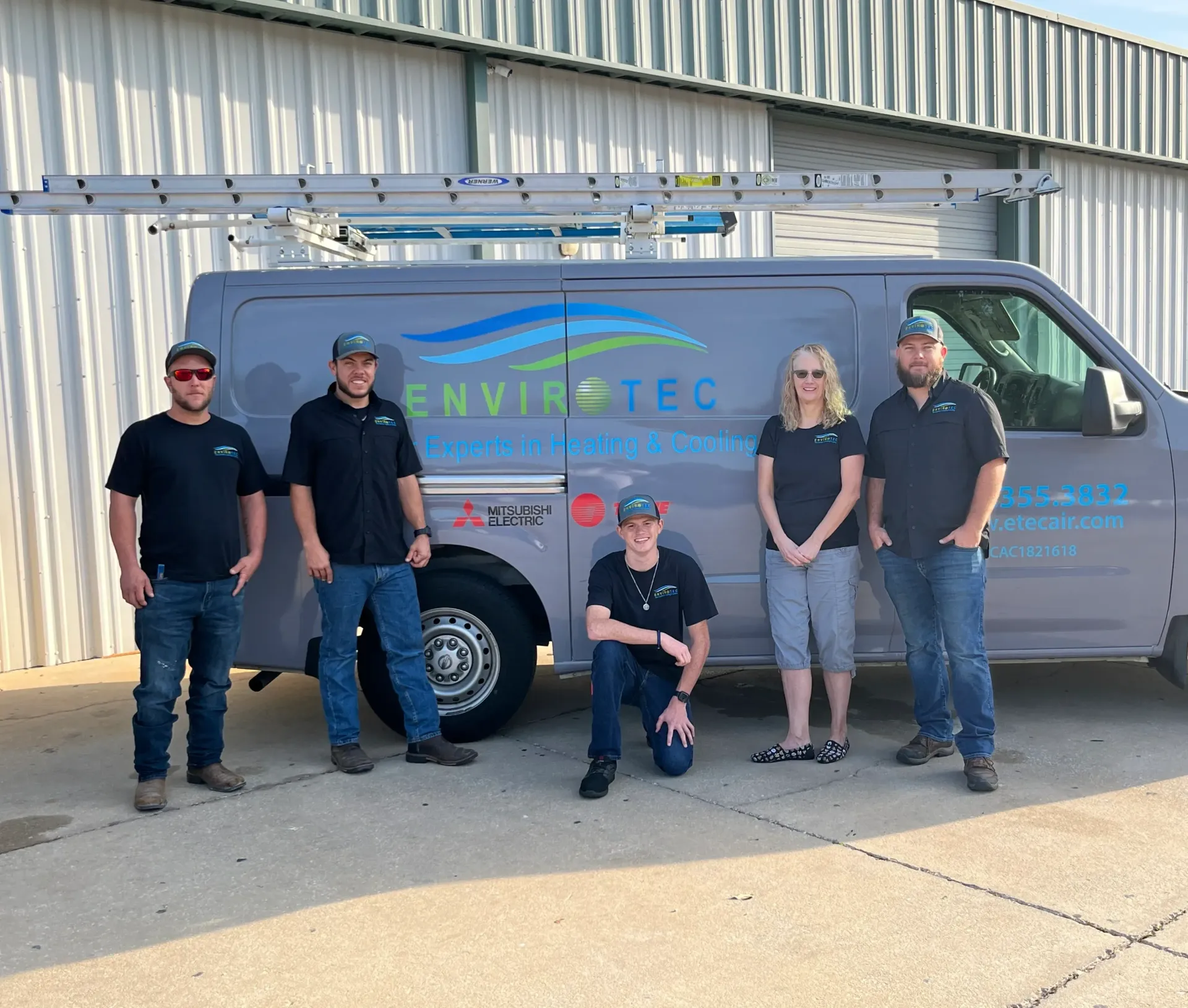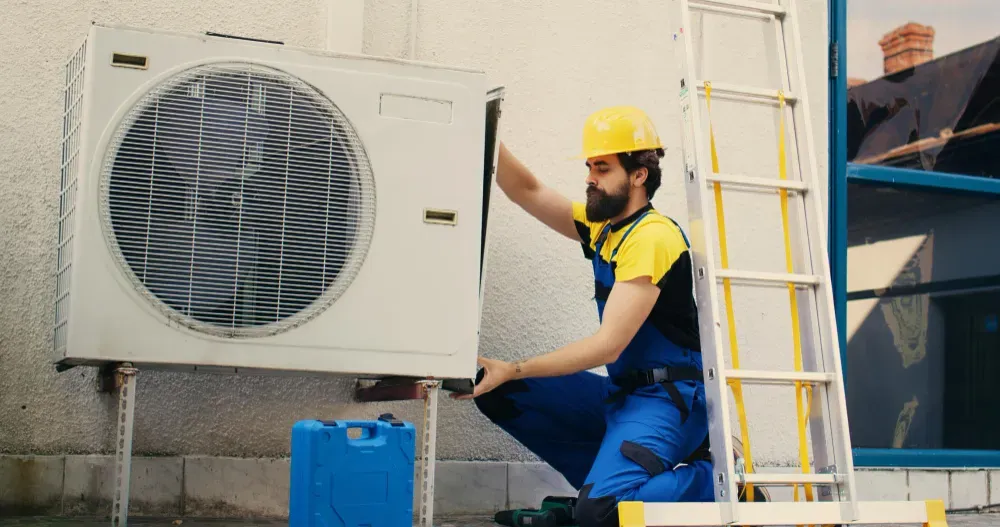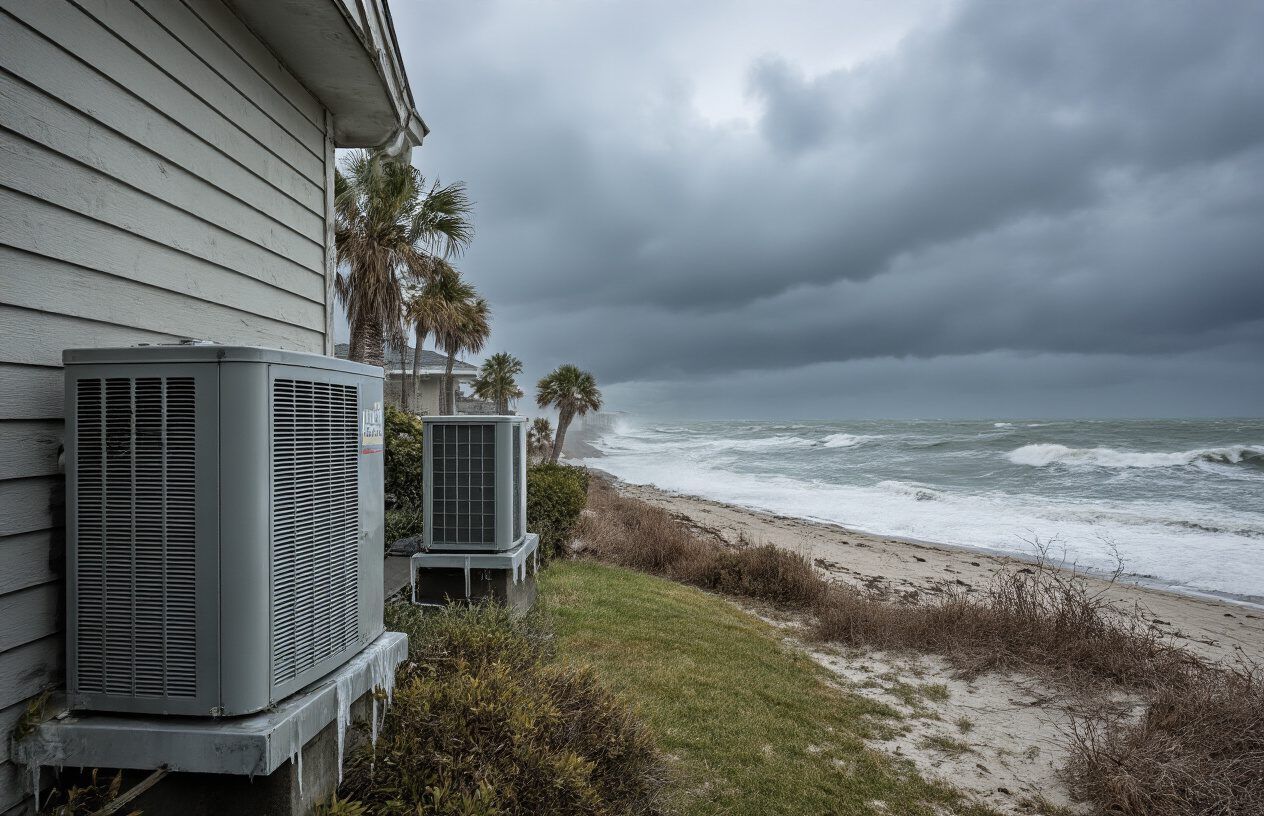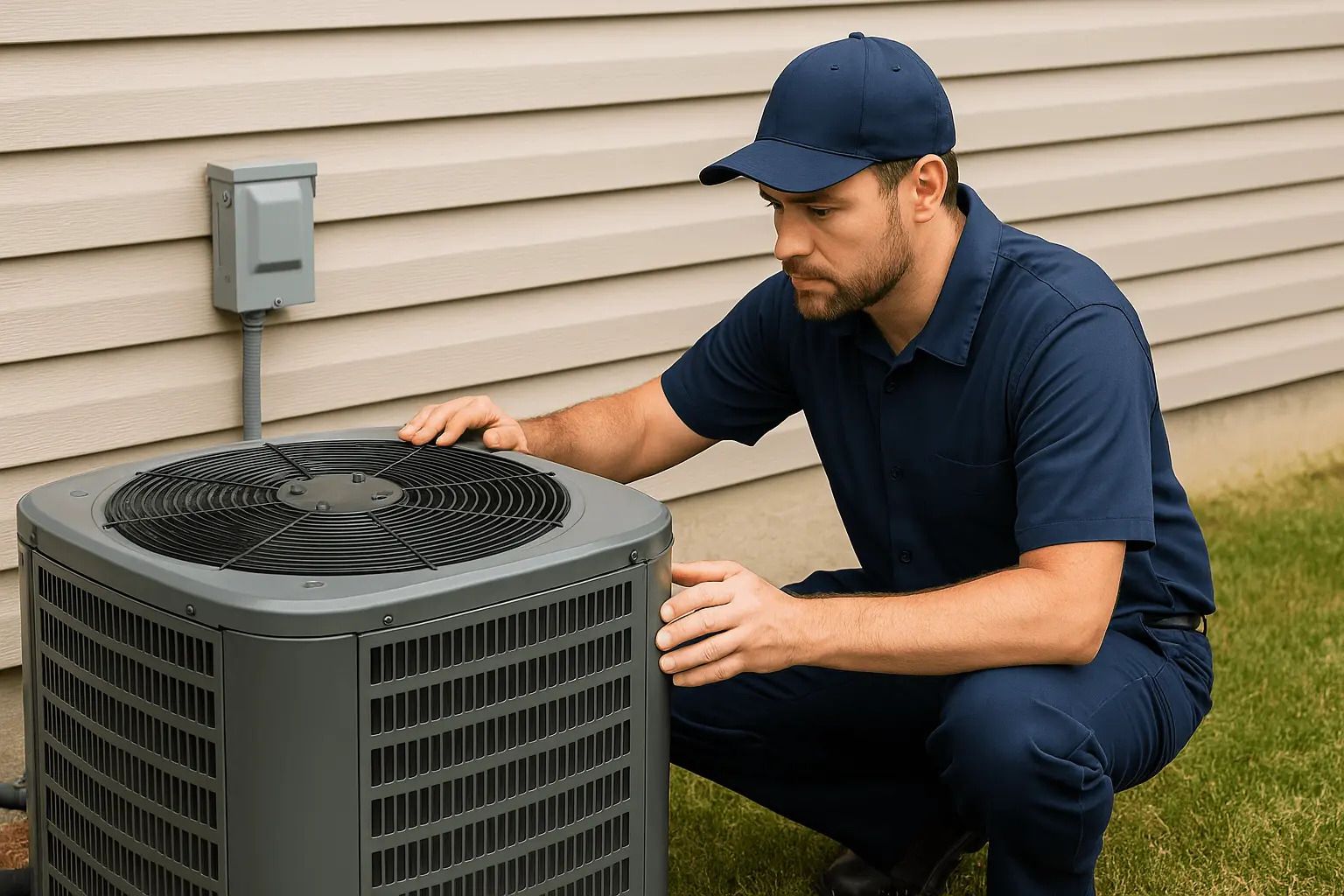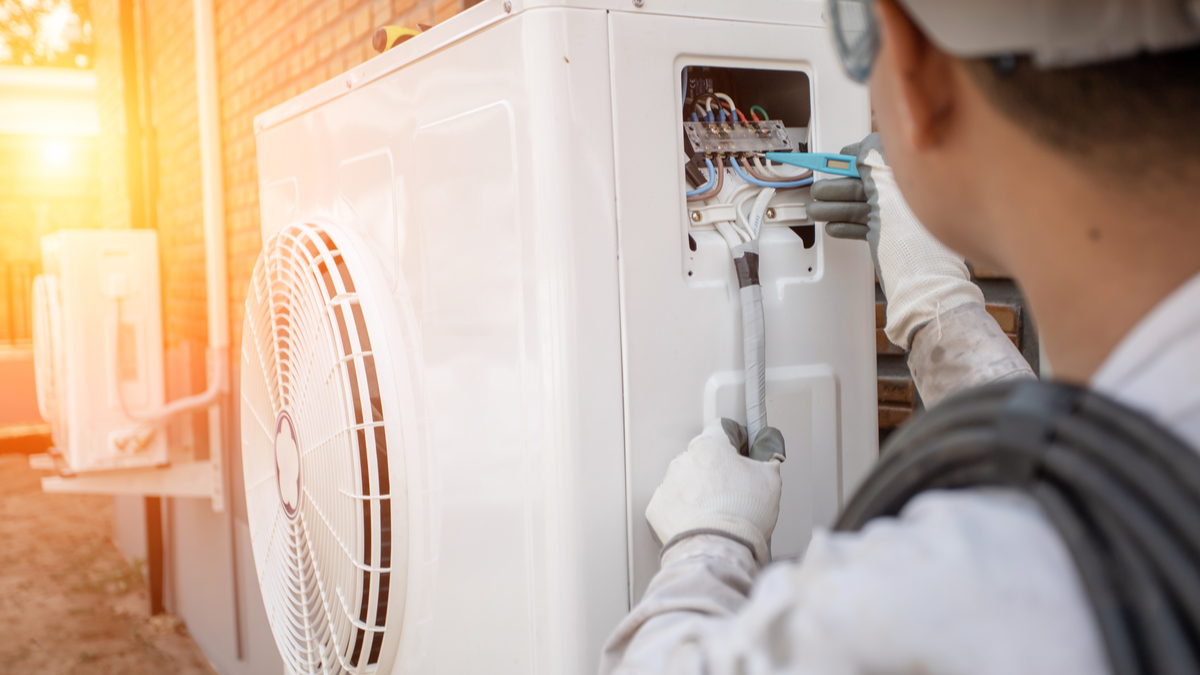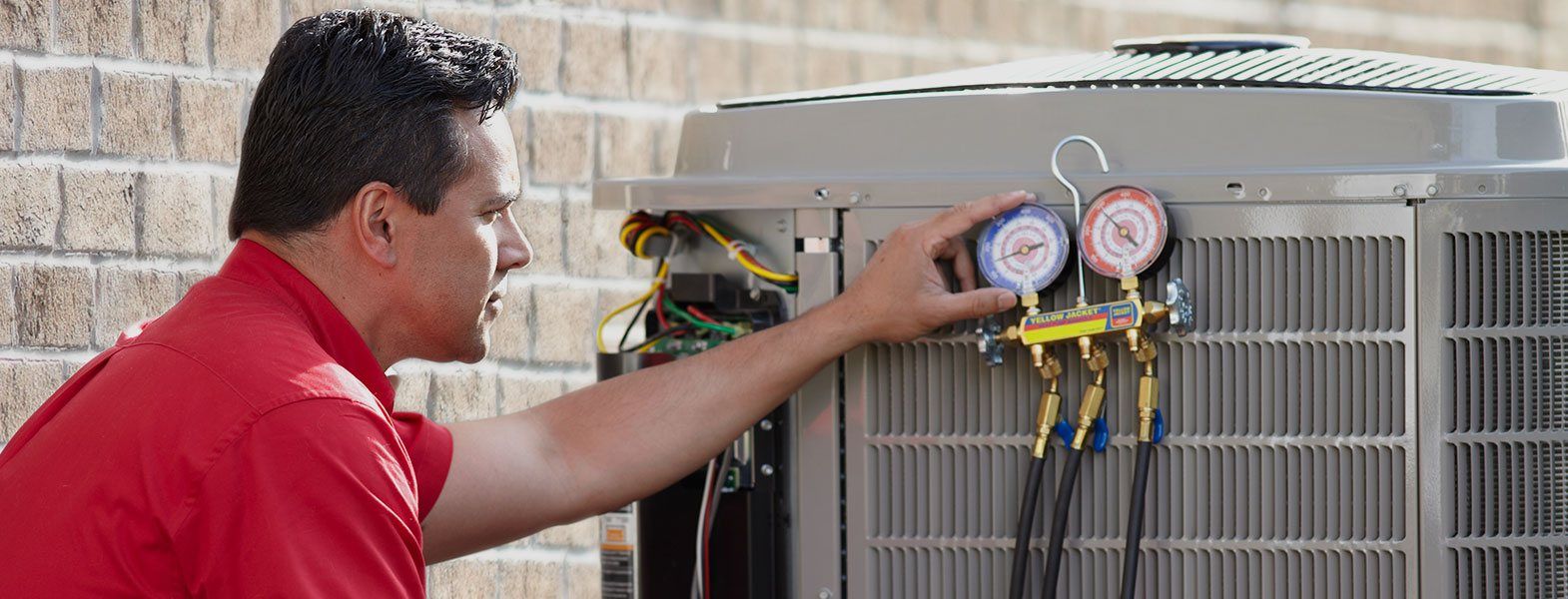Choosing Between Ductless Mini-Split and Central A/C: A Homeowner's Complete Guide
ETEC Air is a professional HVAC service provider dedicated to delivering top-quality heating, cooling, and indoor air quality solutions. With expert technicians and a customer-first approach, they ensure efficient, reliable, and affordable HVAC services for residential and commercial properties.
Top 3 Services:
- New Construction Installation of HVAC Systems – Comprehensive HVAC design and installation for newly built homes and commercial properties.
- Mitsubishi Mini-Split Systems – Energy-efficient ductless heating and cooling solutions tailored for any space.
- Change Out Old Systems – Upgrading outdated HVAC systems with modern, high-performance units for improved comfort and efficiency.
Are you struggling to decide between a ductless mini-split and a central air conditioning system? You're not alone. Many homeowners face this exact dilemma when looking to upgrade their home cooling system. Let's break down everything you need to know to make the right choice for your home.
Understanding Your Home Cooling Options
What is a Ductless Mini-Split System?
A ductless mini-split is exactly what it sounds like – an air conditioning system that doesn't need ducts to cool your home. It consists of an outdoor unit connected to one or more indoor units mounted on your walls. Think of it as a more sophisticated, efficient version of a window AC unit.
Each indoor unit creates its own cooling zone, giving you precise control over different areas of your house. This means you can keep your bedroom cool while saving energy in rarely-used spaces.
How Central Air Conditioning Works
Central air conditioning is the traditional whole-house cooling solution most Americans know well. It uses a single outdoor unit connected to a network of ducts to distribute cool air throughout your home. The system works with your home's furnace blower to circulate air through every room.
Key Differences at a Glance
The main distinction between these systems lies in their distribution method. While central AC treats your entire home as one cooling zone, mini-splits let you create multiple independent zones. This fundamental difference affects everything from installation costs to energy efficiency
Cost Considerations for Both Systems
Initial Installation Expenses
Let's talk money – it's probably your biggest concern. Mini-split installation typically costs between $3,000 to $7,000 per zone. While this might seem steep, remember you're getting customized cooling control.
Central AC installation usually runs from $5,000 to $12,000 for a whole-house system. However, this cost can jump significantly if you need to install or repair ductwork.
Long-term Operating Costs
Mini-splits often win the running cost battle. Their zone-based approach means you're only cooling spaces you're using. Most homeowners report 20-30% lower monthly energy bills after switching to mini-splits.
Central AC systems cool your entire home whether you need it or not. While newer models are more efficient than ever, they still use more energy overall compared to mini-splits.
Maintenance Requirements and Costs
Both systems need regular maintenance, but mini-splits are generally easier and cheaper to maintain. You'll need to clean the filters monthly and have professional servicing once a year, costing around $150-200.
Central AC systems require similar annual maintenance but might need additional duct cleaning every few years. This can add $300-500 to your maintenance costs.
Installation Process and Requirements
Mini-Split Installation Basics
Installing a mini-split system is relatively straightforward. The process typically takes 1-2 days and requires:
- Mounting indoor units on walls
- Installing an outdoor condensing unit
- Creating small holes for refrigerant lines
- Setting up electrical connections
Central AC Installation Steps
Central AC installation is more complex, especially if you need new ductwork. The process includes:
- Installing the outdoor unit
- Connecting to existing ductwork
- Setting up the air handler
- Installing a new thermostat
Ductwork Considerations
If your home lacks existing ductwork, installing central AC becomes significantly more complicated. Adding ducts means:
- Opening up walls and ceilings
- Installing bulkheads
- Potentially losing closet space
- Extended installation time (5-7 days)
Professional Installation Tips
Whichever system you choose, professional installation is crucial. Look for contractors who:
- Are licensed and insured
- Have specific experience with your chosen system
- Offer detailed written estimates
- Provide strong warranties
Energy Efficiency Comparison
Mini-Split Energy Savings
Mini-splits shine when it comes to energy efficiency. Modern units achieve SEER ratings of 20-30, meaning they're incredibly efficient at converting electricity into cooling power. Plus, their zoned approach eliminates the energy waste of cooling unused rooms.
Central AC Efficiency Ratings
Today's central AC units typically have SEER ratings between 14-22. While this is a significant improvement over older models, it's still generally lower than mini-split efficiency ratings. However, for homes that need consistent cooling throughout, this efficiency level can be perfectly adequate.
Seasonal Energy Cost Analysis
Your actual energy savings will vary based on:
- Local climate
- Home size and layout
- Insulation quality
- Usage patterns
- Local electricity rates
On average, homeowners with mini-splits report 25-40% lower cooling costs compared to central AC during peak summer months.
Pros and Cons Analysis
Benefits of Ductless Systems
Mini-splits offer several advantages:
- Zone-based temperature control
- Higher energy efficiency
- Easier installation
- No ductwork required
- Quieter operation
- Better air filtration
- Smaller physical footprint
Advantages of Central Air
Central AC systems have their own benefits:
- Whole-house cooling
- Hidden equipment (no wall units)
- Potentially better home resale value
- Familiar technology
- Works with existing ductwork
- Can be combined with heating systems
Making the Right Choice for Your Home
Your ideal choice depends on several factors:
- Home size and layout
- Existing infrastructure
- Climate zone
- Budget constraints
- Cooling preferences
- Energy efficiency goals
Consider these key questions:
- Do you have existing ductwork?
- How many rooms need cooling?
- Do you want different temperatures in different rooms?
- What's your budget for installation and operation?
- How important is energy efficiency to you?
A mini-split system might be your best choice if:
- Your home lacks ductwork
- You want zone-based cooling
- Energy efficiency is a top priority
- You're cooling a home addition
- You want maximum control over different areas
Central AC might be better if:
- You already have good ductwork
- You prefer whole-house cooling
- You want hidden equipment
- You're cooling a very large space
- You plan to sell soon
Remember, there's no one-size-fits-all solution. The best choice is the one that matches your specific needs, budget, and home configuration. Consider getting quotes for both options and discussing your specific situation with qualified HVAC professionals who can evaluate your home's unique requirements.
Don't rush this decision – take time to weigh all factors and get multiple professional opinions. The right choice will keep you comfortable for years while minimizing energy costs and maintenance headaches.


